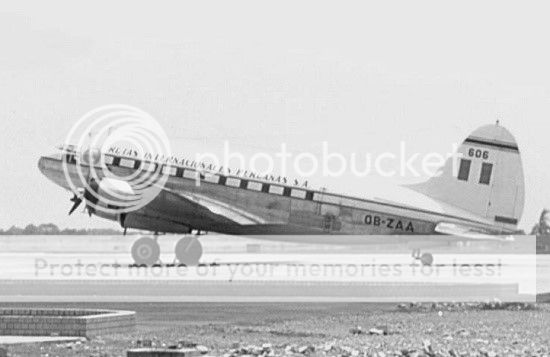You are not logged in.
Dear visitor, welcome to WesWorld. If this is your first visit here, please read the Help. It explains in detail how this page works. To use all features of this page, you should consider registering. Please use the registration form, to register here or read more information about the registration process. If you are already registered, please login here.

The Peruvian Times (Lima), 26 September 1949
The steamer Ollanta made her maiden round-trip voyage across Lake Titicaca yesterday to inaugurate a daily service between the port of Puno and the Bolivian port of Guaqui. Passenger service on the lake has been disrupted for many years, and its re-establishment is seen as a great step forward in the development of the entire region.
The Peruvian Times (Lima), 26 September 1949
The steamer Ollanta made her maiden round-trip voyage across Lake Titicaca yesterday to inaugurate a daily service between the port of Puno and the Bolivian port of Guaqui. Passenger service on the lake has been disrupted for many years, and its re-establishment is seen as a great step forward in the development of the entire region.
What did you do with the previous Ollanta? ?(
You have the better of me. What previous Ollanta?
The Ollanta was built in 1930, I believe. But it's just now entering service...?
You have the better of me. What previous Ollanta?
The Ollanta was built in 1930, I believe. But it's just now entering service...?
It is re-entering service.
I have presumed that during the period between her original entry into service and the present point in game time, she fell out of service (perhaps due to hostilities? I do not know how that part of the Andean War might have worked out in detail) and required reconditioning, which has been previously noted in the Peruvian news. Now she has returned to service.
Forum Software: Burning Board® Lite 2.1.2 pl 1, developed by WoltLab® GmbH
